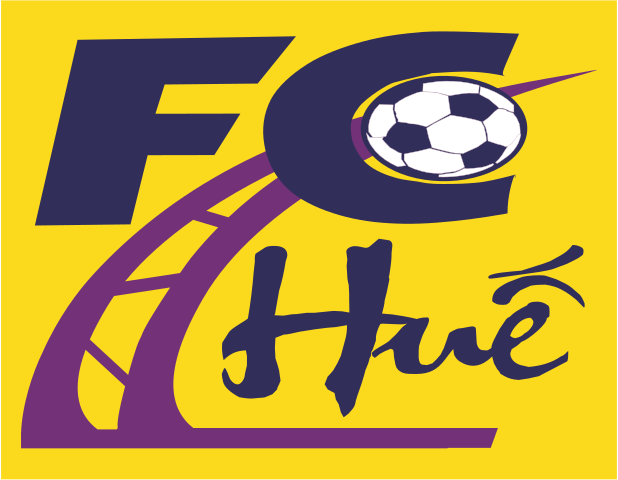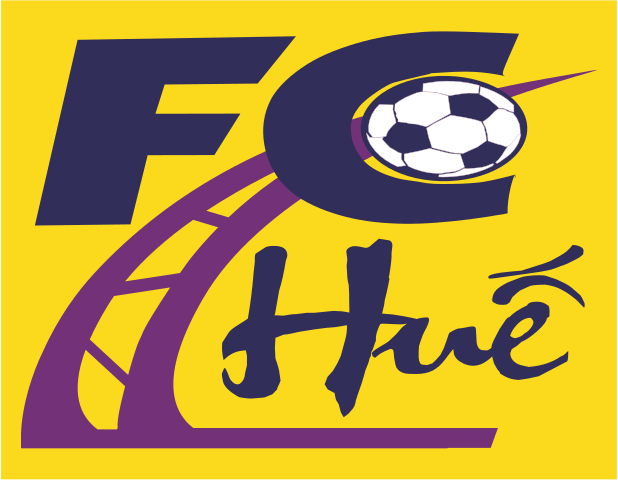The global market for time tracking software, while still featuring hundreds of small, independent applications, is experiencing a powerful and accelerating trend towards consolidation, though in a unique and subtle form. A focused examination of Time Tracking Software Market Share Consolidation reveals that this is not a consolidation of ownership in the traditional sense, but a consolidation of functionality. The market is being consolidated as standalone time tracking tools are being absorbed and commoditized as features within larger, more comprehensive work management and professional services platforms. As businesses seek to streamline their technology stack and create more integrated workflows, the appeal of a separate, single-purpose time tracking application is diminishing, especially in the enterprise segment. The Time Tracking Software Market size is projected to grow USD 18.17 Billion by 2035, exhibiting a CAGR of 16.5% during the forecast period 2025-2035. This substantial growth is, paradoxically, fueling the consolidation, as the major platform players recognize the importance of time data and are aggressively building or integrating time tracking capabilities to make their own ecosystems more complete and "sticky."
The primary force driving this consolidation of functionality is the strategic "bundling" by the major project and work management platform vendors. Companies like Asana, Monday.com, and Atlassian (Jira) have all recognized that time tracking is a critical piece of data for effective project management, resource allocation, and profitability analysis. As a result, they have all invested heavily in building robust, native time tracking features directly into their platforms. For a team already using one of these platforms to manage all its tasks and projects, the ability to track time within that same interface is a far more efficient and seamless workflow than having to switch to a separate, standalone time tracking application. This makes the native, integrated feature the path of least resistance. This "good enough," bundled functionality is a massive competitive threat to the pure-play time tracking vendors, as it effectively commoditizes the core function of time tracking and eliminates the need for many customers to purchase a separate tool. This trend is a classic example of a feature being absorbed by a larger platform.
This functional consolidation is further amplified by the M&A strategies of larger software companies and the nature of the enterprise software market. While we may not see major M&A between the standalone time tracking leaders themselves, they are all potential acquisition targets for larger companies in adjacent software categories. A major HR software provider, for example, might acquire a time tracking company to add timesheet and attendance capabilities to its suite. A professional services automation (PSA) vendor might acquire a time tracking tool to strengthen its project accounting and billing features. This M&A activity further reduces the number of independent, best-of-breed players. At the enterprise level, there is also a strong demand-side pull for vendor consolidation. CIOs and IT leaders are actively looking to reduce the number of different software vendors they have to manage. This creates a strong preference for purchasing time tracking capabilities as part of a broader suite from a trusted, strategic vendor like Microsoft or Atlassian, rather than managing a separate contract with a smaller, single-purpose provider. The end result is a market where the standalone time tracking application, while still popular with individuals and SMBs, is facing an existential threat of being consolidated into a feature of a larger platform.
Top Trending Reports -
Germany Railway Cybersecurity Market


